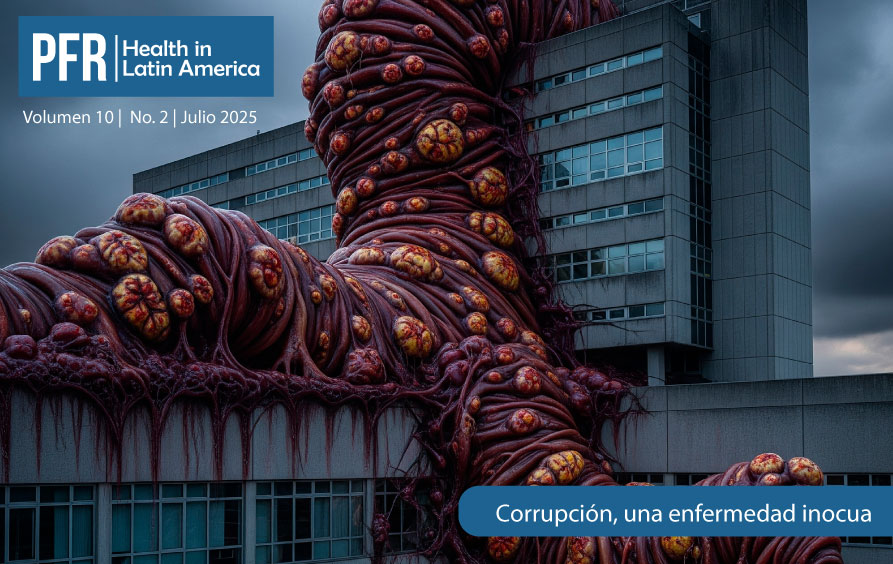Corruption, an invisible disease
DOI:
https://doi.org/10.16921/pfr.v10i2.378Keywords:
corruption, structural, health, subculture, Latin AmericaAbstract
Corruption is a structural phenomenon that undermines social cohesion and weakens democratic legitimacy in Latin America. This paper critically addresses the philosophical, social, and institutional roots of corruption, challenging positivist approaches that reduce it to individual or legal failings. Drawing on recent documentary sources, it examines the impact of corruption on public trust, distributive equity, and the normative fabric of Latin American societies. Special focus is given to the health sector, where corrupt practices become particularly harmful, directly affecting access to essential services and violating fundamental rights. The study concludes that combating corruption requires not only legal reforms but also structural transformation to foster transparency, accountability, and social justice.
Downloads
References
2. De la Torre C. El populismo y la política de las élites en América Latina. Quito: FLACSO Ecuador; 2006.
3. Rodríguez A. Filosofía de la corrupción: de Platón a la modernidad. Ciudad de México: Fondo de Cultura Económica; 2020.
4. Martínez J. La corrupción como sistema: un enfoque sociológico. Buenos Aires: Prometeo Libros; 2015.
5. Han B-C. La sociedad de la transparencia. Barcelona: Herder; 2014.
6. UNODC. The impact of corruption on sustainable development. Viena: UNODC; 2020.
7. Sánchez D, Luna J. Corrupción y captura del Estado en América Latina. Buenos Aires: CLACSO; 2020.
8. Ramírez Cosme AG. La corrupción en el sector salud: características, algunas de sus tipologías y efectos. Rev Derecho & Soc. 2024;62:1-17.
9. Kohler J. Corruption in the health sector. Lancet. 2019;393(10179):563.
10. Hussman K. Corruption in health systems: the silent pandemic. Berlín: Transparency International; 2020.
11. Bruckner T. Corrupción y salud pública: Un binomio fatal. Ginebra: OMS; 2019.
12. Contraloría General de la República. Incidencia de la corrupción e inconducta funcional, 2022. Lima: Contraloría General de la República; 2024.
13. Transparency International. Iniciativa CoST [Internet]. Berlín: Transparency International; 2023. Disponible en: https://www.transparency.org/ (Nota: Si hay un informe específico de CoST Colombia, la URL debería ir directamente a ese informe, o la cita debería especificar mejor la fuente).
14. Villacís C. Corrupción en el sector público ecuatoriano: el caso salud. Quito: Universidad Andina Simón Bolívar; 2022.
15. Torsello D. The Cultural Theory of Corruption. Cheltenham: Edward Elgar Publishing; 2023. Disponible en: https://www.e-elgar.com/shop/gbp/the-cultural-theory-of-corruption-9781803927947.html
16. Forattini F. For a broader understanding of corruption as a cultural fact and its influence in society. Academia Lett. 2021;1700.
17. Oxford Bibliographies. Corruption (Anthropology). Oxford Bibliographies Online [Internet]. 2023. Disponible en: https://www.oxfordbibliographies.com/display/document/obo-9780199766567/obo-9780199766567-0292.xml
18. Hooker J. Corruption from a Cross-Cultural Perspective. Pittsburgh: Carnegie Mellon University; 2008. Disponible en: http://johnhooker.tepper.cmu.edu/corruption08s.pdf






